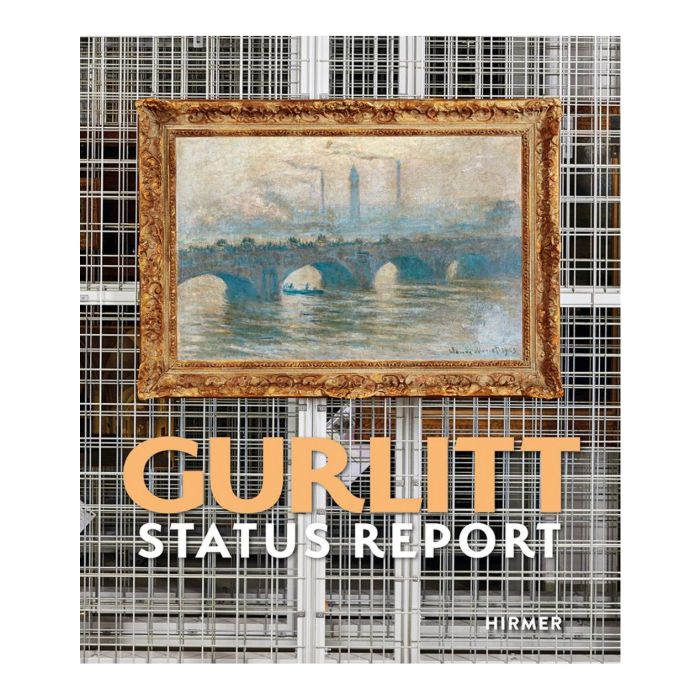My Cart
Your cart is empty
Looks like you haven't made your choice yet.
- Subtotal
Gurlitt Status Report

- Hirmer
- Expo: 03/11/2017 - 11/03/2018, Bundeskunsthalle Bonn. 02/11/2017 - 04/03/2018, Kunstmuseum Bern. 14/09/2018 - 07/01/2019, Martin-Gropius-Bau Berlin.
- by Kunstmuseum Bern
More Information
| Publisher | Hirmer |
|---|---|
| ISBN | 9783777429632 |
| Author(s) | Kunstmuseum Bern |
| Publication date | January 2018 |
| Edition | Hardback |
| Dimensions | 280 x 238 mm |
| Pages | 344 |
| Language(s) | Eng. ed. |
| Exhibition | Kunstmuseum Bern. 14/09/2018 - 07/01/2019, Martin-Gropius-Bau Berlin. |
Description
When over 1,000 artworks by outstanding artists such as Otto Dix, Franz Marc, Emil Nolde, Paul Cézanne, Vasily Kandinsky and Claude Monet which had long been thought to be lost turned up in the collection of Cornelius Gurlitt , the find was celebrated as a sensation – but the accusation that the works were looted art also hovered in the air. Until now the pictures have not been on display to the public. Now, for the first time, the works from the Gurlitt estate on view in Bonn and Bern are introduced in a comprehensive publication and their turbulent history is told. In addition to the presentation of the pictures, the estate of Cornelius Gurlitt (1932 – 2014), the son of the art dealer Hildebrand Gurlitt, is set in its historica l context by a prestigious list of authors, thereby ensuring transparency and enlightenment. One important topic is the provenance of the works, which in some cases were vilified by the National Socialist regime as “degenerate art”. Which works in this col lection are looted art? Which ones were purchased legally, and which ones were acquired in forced sales? Another area of focus will be the biographies of Jewish collectors and artists who were the victims of art theft and the Holocaust. A further topic of investigation is how stolen works were returned to the museums and private collections after 1945. The official catalogue of the Kunstmuseum Bern and the Kunst - und Ausstellungshalle der Bundesrepublik Deutschland (Bundeskunsthalle) in Bonn permits for the first time a nuanced understanding of this case which is unique in the postwar history of Germany.

Gurlitt Status Report
